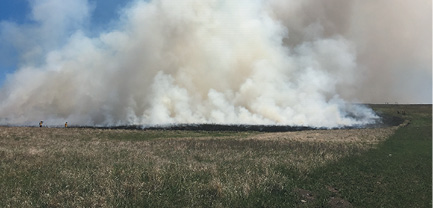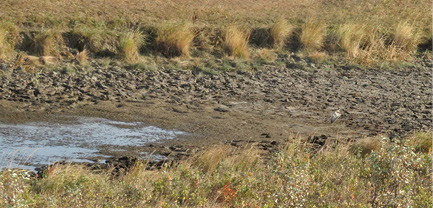Reporting Drought Impacts in North Dakota with Condition Monitoring Observer Reports
(DE2104)Condition Monitoring Observer Reports (CMOR) are used to provide an understanding of local drought impacts and direct drought response efforts. This handout describes how the information from CMOR reports are used and outlines the process for submitting a report.
Contact your county NDSU Extension office to request a printed copy.
NDSU staff can order copies online (login required).








